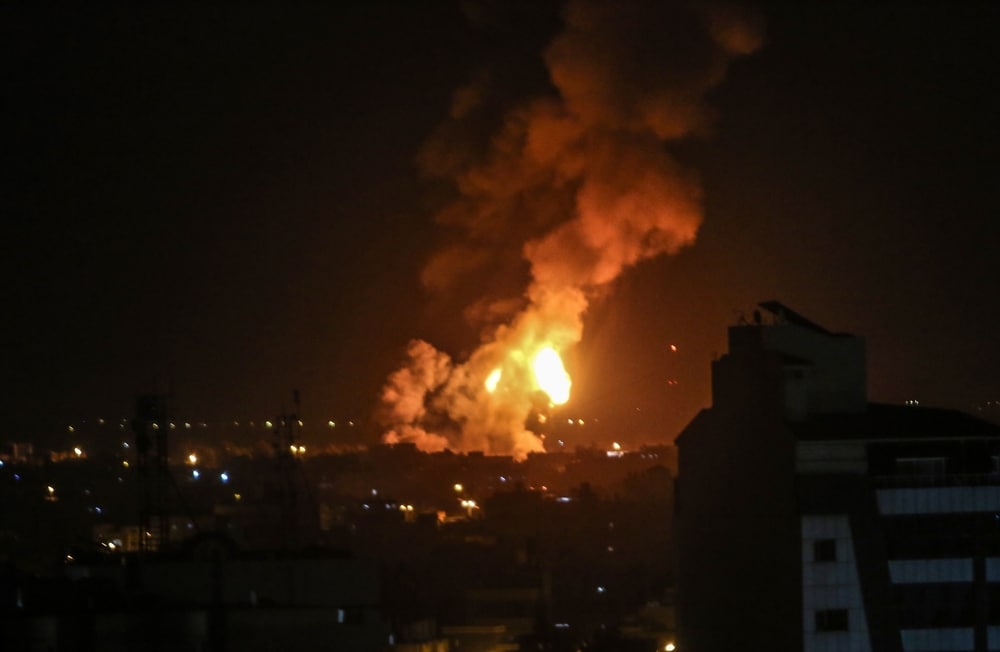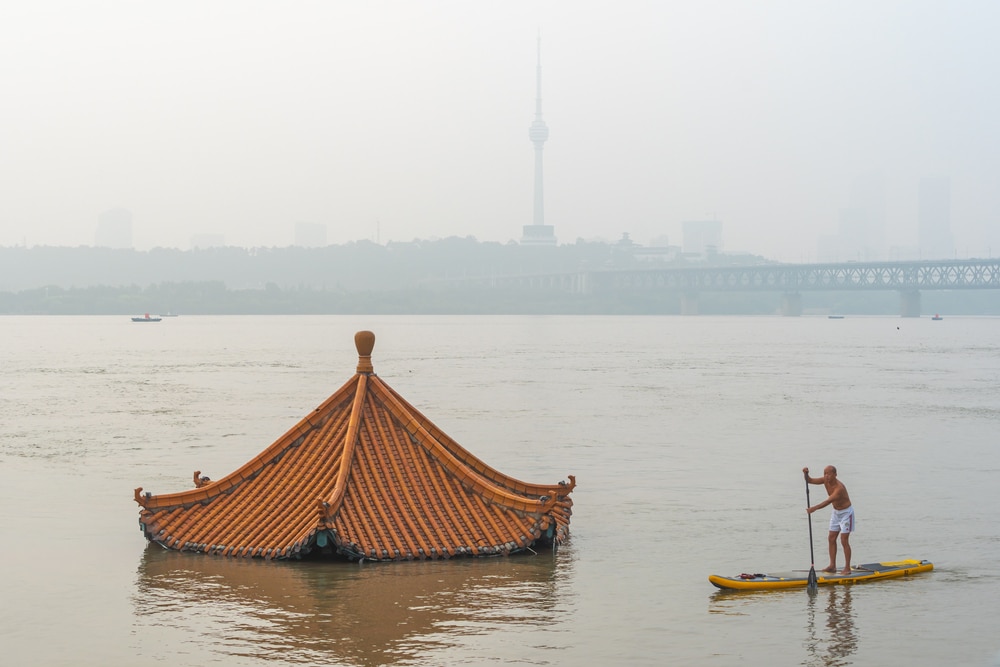A volcano eruption in western Mexico has sent a spectacular plume of smoke and ash high into the air. Colima volcano is one of three that make up the Colima Volcanic Complex, near the west coast of Mexico. It is one of the most active volcanoes in the country and has erupted more than 40 times, including several times in the past few years. The volcano is permanently monitored by the University of Colima.
Kilauea Volcano – Hawaii: (Jan 10, 2016) Nature’s fury was on full display as a rock fall in Hawaii cause an impressive explosion at Kilauea volcano. Volcano watchers recorded the massive explosion on Friday morning, when rocks splashed into the lake of lava at Halemaumau crater. These types of explosions are likely to occur when the lava lake level is relatively high, as it was on Friday, scientists say.
In fact, the lake was about 100 feet below the vent’s rim right before the blast. When the lava lake is high, scientists say rocks in the vent wall heat up, expand and then become unstable causing a big section of the rocks to collapse. Fortunately, the explosion does not pose a threat to any neighboring communities. Kileaua’s ongoing eruption began way back in January of 1983.
Mount Makaturing – Philippines: (Jan 22, 2016) Authorities in Lanao del Sur are investigating the cause of a fire that destroyed the mountain forests of Butig town near Cagayan de oro City, in the Philippines on Thursday night, with the nearby Mount Makaturing volcano high on the suspect list. The magma mount is one of the most active in the Philippines and sits on the Pacific Ring of Fire.
The 1,940-metre peak is believed to have erupted 10 times in the past, and could be due another as the last on record was in March 1882. According to locals, heavy smoke enveloped the area near the town as well as Alamada in Wao town and the blaze appeared “lava-like,” as it glowed from the distance throughout Thursday night and into the early hours. FULL REPORT















